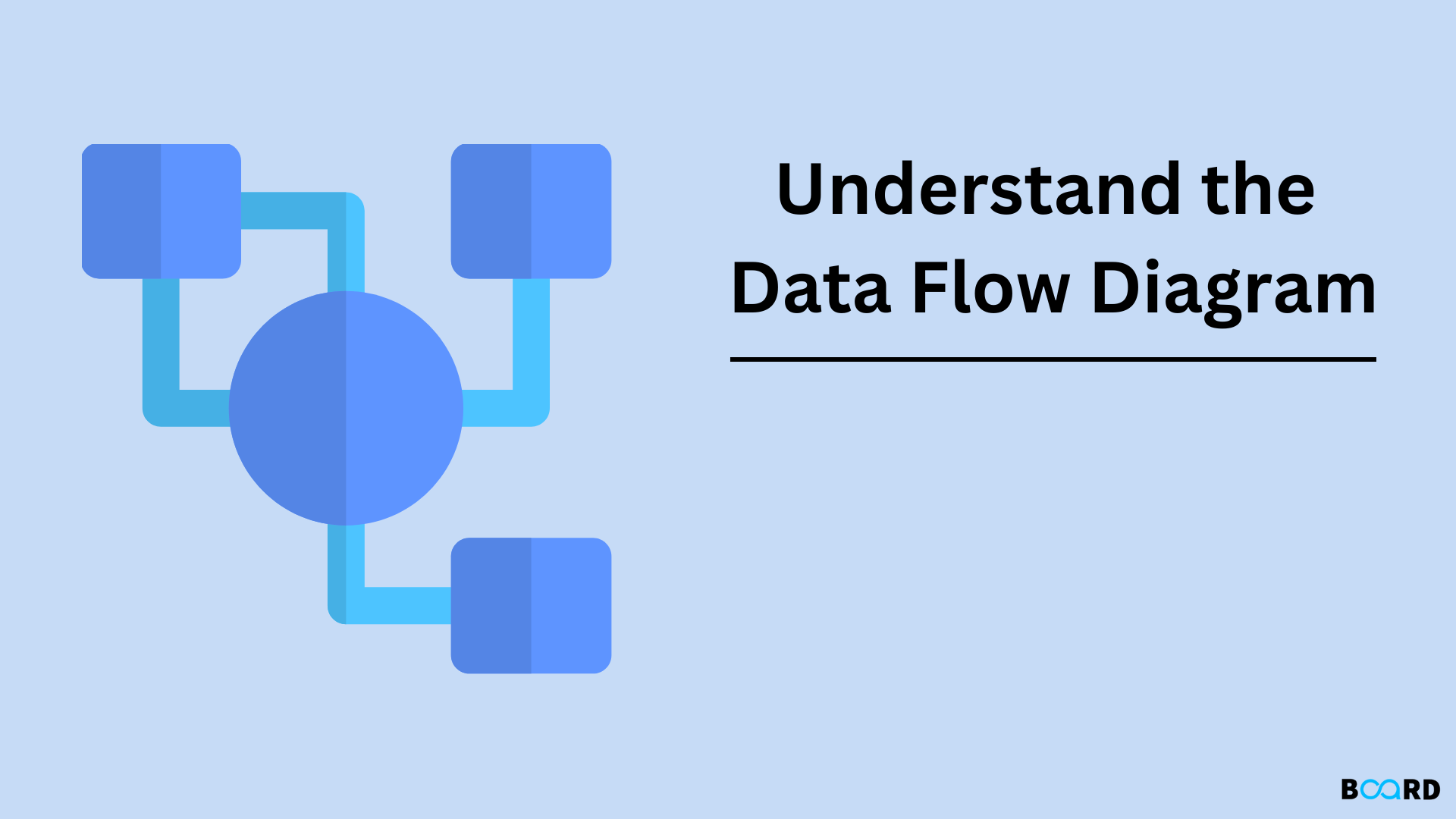Mastering Software Engineering: Diagrams, Models, and Testing Techniques
Data Flow Diagram: Introduction

A Data Flow Diagram (DFD) is a graphical representation of the flow of data through a system. It is used to model the flow of information, from the input of data to the output of the processed information. DFDs are a powerful tool for visualizing and understanding how a system processes data, and for identifying opportunities for improvement.
Components of DFD
DFD has four components:
- Process
- Dataflow
- Warehouse
- Terminator
Process
In a data flow diagram (DFD), a process is a step or task that transforms input data into output data. It is represented by a box with rounded corners and is usually labeled with a verb phrase that describes the transformation. The input data is represented by an arrow pointing into the process, and the output data is represented by an arrow pointing out of the process.
Dataflow
In a data flow diagram, data flows are the lines that show the movement of data from one process, entity, or component to another. These flows represent the transfer of data between different parts of the system and are typically labeled with a short description of the data being exchanged.
Data flows can be either physical or logical. Physical data flows represent the actual movement of data within the system, such as data being entered into a database or data being transmitted over a network. Logical data flows, on the other hand, represent the flow of data as it is processed or transformed within the system, such as data being transformed from raw input into a usable form.
Warehouse
In a data flow diagram (DFD), a warehouse represents a place where data is stored for later use or for distribution to other systems or locations. It is often depicted as a large rectangular shape with the word “Warehouse” written inside.
The warehouse is a key component of a DFD because it represents the flow of data within an organization. Data flows into the warehouse from various sources, such as input devices, databases, or other systems. The data is then processed, organized, and stored in the warehouse for future reference or use. When needed, the data can be retrieved from the warehouse and sent to other systems or locations for further processing or analysis.
Rules for creating a DFD
- Identify the process or system being represented.
- Identify the input and output data for the process or system.
- Identify the external entities that interact with the process or system.
- Create a symbol for each external entity, process, and data store.
- Connect the symbols with arrows to show the flow of data between them.
- Use different shapes and colors to distinguish between different types of data and processes.
- Label the arrows with the data being transferred.
- Use clear and concise labels for all symbols and arrows.
- Keep the diagram simple and easy to understand.
- Review the diagram for accuracy and completeness.
Advantages and disadvantages of data flow diagram
Advantages:
- A data flow diagram provides a clear visual representation of the flow of data within a system or process.
- It helps to identify potential bottlenecks or problems in the flow of data.
- It allows for easy identification of external entities, processes, and data stores within the system.
- It can be used to document and communicate the design of a system or process to others.
Disadvantages:
- A data flow diagram may become complex and difficult to understand if there are too many elements or processes involved.
- It may be time-consuming to create and maintain a data flow diagram.
- It may not provide sufficient detail about the processes or data being represented.
- It may not accurately reflect the dynamic nature of a system or process.
